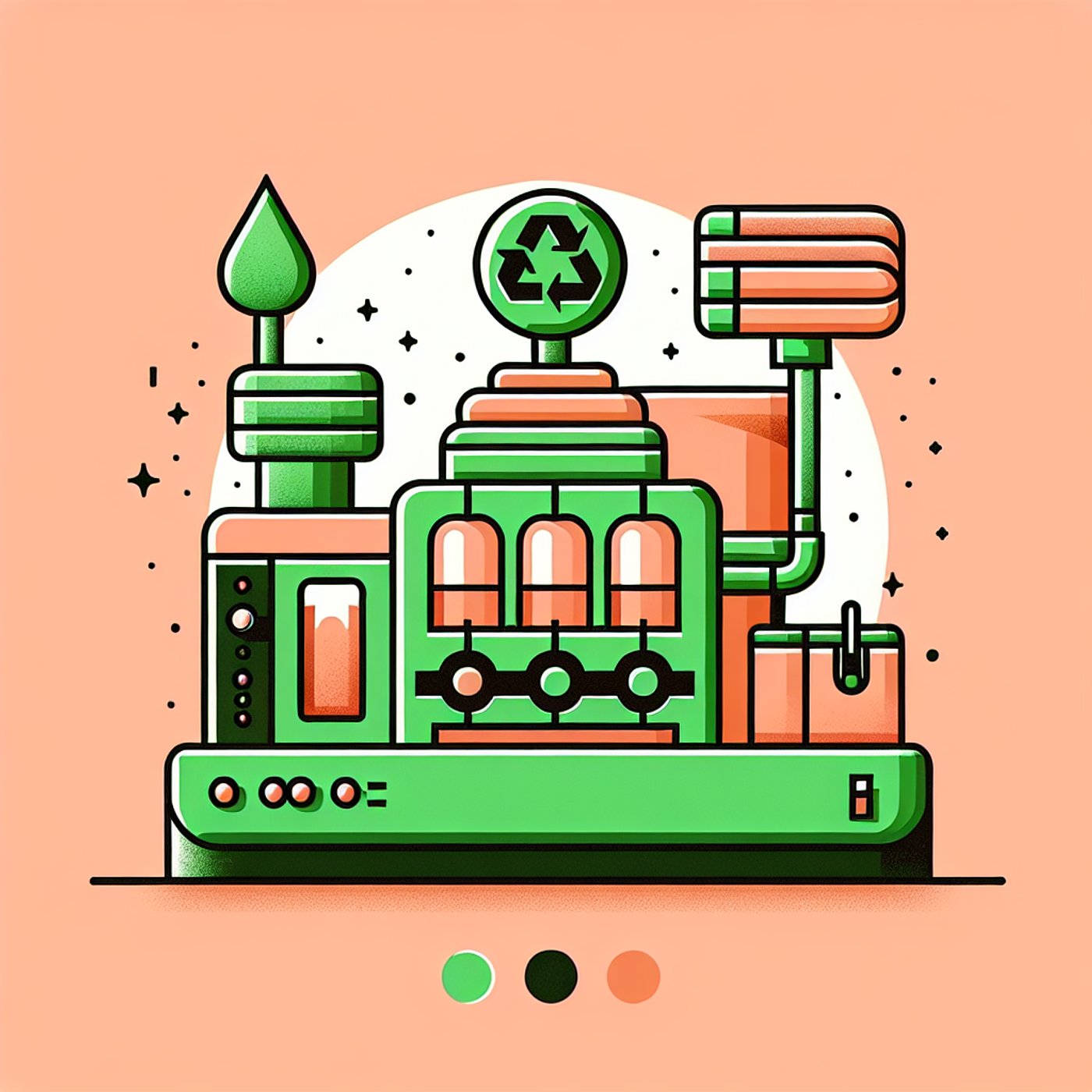
Revolutionizing Plastic: CO2 to Polyketones Explained
Description
In this episode of 'Innovative Science', we explore a groundbreaking two-step system that transforms carbon dioxide, water, and electricity into valuable plastics. Our expert guest breaks down the innovative process, akin to artificial photosynthesis, that converts CO2 into ethylene and carbon monoxide, ultimately producing high-performance polyketones. Discover the advantages of this sustainable approach over traditional petroleum-based methods, including impressive concentration levels and the potential to revolutionize plastic production. Join us as we delve into the chemistry behind this remarkable technology and its implications for reducing carbon emissions and creating sustainable materials.
Show Notes
## Key Takeaways
1. The two-step system converts CO2 and water into high-performance plastics using electricity.
2. Polyketones are versatile and used in various applications due to their strength and durability.
## Topics Discussed
- Carbon dioxide reduction
- Artificial photosynthesis
- Production of polyketones
- Sustainable materials and their benefits
Topics
Transcript
Host
Welcome to today's episode of 'Innovative Science'! I'm your host, and today we’re diving into a groundbreaking topic that could change our approach to plastic production and carbon emissions.
Expert
Thanks for having me! It’s exciting to discuss how we can transform carbon dioxide into useful materials.
Host
Absolutely! So, let’s set the stage. What exactly is this two-step system you’re working on?
Expert
Great question! Essentially, we’ve developed a method that uses carbon dioxide from the atmosphere, water, and electricity to create plastics. This process runs through two main steps, which makes it quite innovative.
Host
That sounds intriguing! Can you break down these two steps for us?
Expert
Sure! The first step involves converting CO2 into simpler molecules like ethylene and carbon monoxide using electricity from sustainable sources. This is similar to what plants do in photosynthesis, but we’re using a machine instead.
Host
So, it's like artificial photosynthesis? That’s fascinating! And what happens in the second step?
Expert
Exactly! In the second step, we take those generated molecules and feed them into a catalytic loop where they transform into polyketones. These are high-performance plastics known for their strength and durability.
Host
I love that analogy. It’s like taking raw ingredients and cooking up a gourmet dish! What makes polyketones so special?
Expert
Polyketones are versatile. They’re used in everything from car parts to adhesives and even sports equipment due to their thermal stability and durability.
Host
Very cool! Now, you mentioned that previous systems weren’t as effective. What sets your approach apart?
Expert
Historically, many systems relied on ethylene derived from petroleum, which isn't sustainable. Our method is unique because it generates ethylene directly from CO2 and water, achieving significantly higher concentrations.
Host
That’s impressive! Can you share some numbers with us?
Expert
Of course! We’re achieving concentrations of 11% ethylene and 14% carbon monoxide, which is quite a leap from the less than 5% that many previous systems produced.
Host
Wow, that’s a huge improvement! But why has it been so challenging to reach these levels?
Expert
The main issue has been obtaining high-purity streams of the desired compounds while avoiding the production of unwanted byproducts that can disrupt the process.
Host
It sounds like a complex dance of chemistry! What’s next for your team?
Expert
We’re looking to refine this process further and explore how to scale it up, so it can be implemented on a larger industrial scale.
Host
That sounds like a vital next step. Thank you for sharing your insights on this remarkable technology!
Expert
Thank you for having me! It’s exciting to share how science can tackle environmental issues.
Host
And thank you to our listeners for tuning in. Until next time, stay curious!
Create Your Own Podcast Library
Sign up to save articles and build your personalized podcast feed.